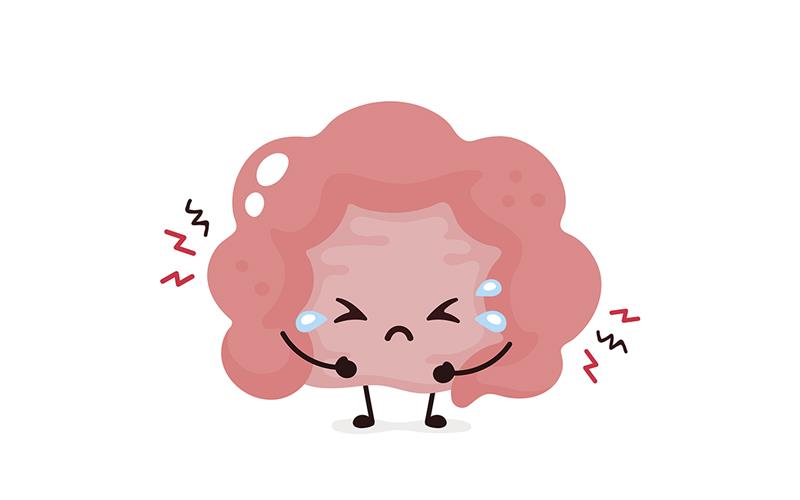Content on this page:
Content on this page:
Overview
Gastroesophageal reflux disease (GERD) is widely prevalent
in the world, but gastroesophageal reflux is more common. GERD is more common
in formula-fed infants than in purely breastfed infants. The difference between
GER and GERD is in the Introduction
section. While further discussion on the prevalence of GER and GERD is in the Epidemiology section.
GERD in children is caused by various mechanisms such as
frequent occurrence of transient relaxation of the lower esophageal sphincter
(LES) and pressure abnormalities in the LES. Details of these mechanisms are in
the Pathophysiology section.
Factors that can contribute and lead to the development of GERD
in children are enumerated in the Etiology
and Risk Factor sections.
The Classification
section discusses in detail the clinical diagnosis based on symptomatology
(esophageal GERD, extraesophageal GERD with established associations, extraesophageal
GERD with proposed associations) and endoscopic findings (erosive reflux
disease, non-erosive reflux disease). Endoscopic classification criteria are
also in this section.
History and Physical Examination
Clinical features of children with GERD depend on the
child’s age and are enumerated in the Clinical
Presentation section. Warning signs to watch out for are also enumerated
in this section.
A well-taken History
is essential as there are a few abnormal physical findings that
occur in children with GERD.
Diagnosis
There is no gold standard for the Diagnosis of GERD. Diagnostic tests are
used to document pathologic reflux and presence of complications. The Laboratory Tests and Ancillaries and Imaging sections enumerate these tests.
The Differential Diagnosis
section enumerates alternative diagnosis to GERD in children.
Management
Conservative therapy is always the initial management scheme
for pediatric patients with GERD. The 3 steps involved in the management of
GERD and the treatment goals in the management of children with GERD are
discussed in the Principles of Therapy
section.
The Pharmacological Therapy section enumerates and discusses the empiric
and maintenance therapies that can be given to children with GERD. Adjunctive
and symptomatology-based management of GERD in children is also in this
section.
Dietary changes (eg milk formula feeding, maternal diet
modification, food to avoid) and patient, parent/guardian education information
are essential in the management of pediatric GERD are in the Nonpharmacological section.
Surgical procedures may also be considered in patients
unresponsive to medical treatment. Indications for surgery and endoscopic
procedures in children with GERD are discussed in detail in the Surgery section.
Enteral tube feeding is also discussed in this section.
The different possible complications of GERD are
mentioned in the Complications
section.


